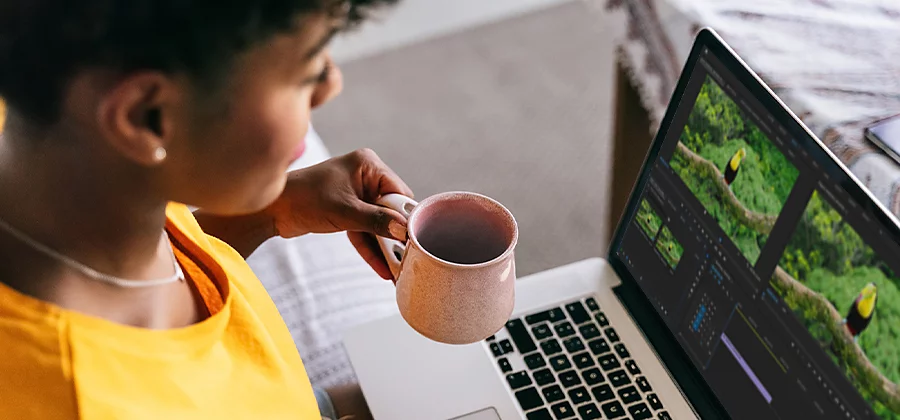Video transcoding is not a very easy subject to dive into. It often requires many calculations to figure out the compression method, the codec, the bit rate, audio compression, and many other measures related to video encoding. The first step is always to figure out where you will be using the video. Will you be streaming it on the web? or perhaps play it back on your high-definition device? — according to your answer, you will need to select different settings to optimize the quality and size of your media.
Depending on your hardware type, you’ll need to change the format or container you will use to transcode the video. In other words, you will need to choose among Audio Video Interleave, also known as AVI, Matroska (MKV), Windows media video for WMV, Motion Pictures Experts Group or MPEG, or any other type of container which comes to mind is compatible with the tools you have.
The most popular formats are the oldest ones; these are AVI and MPEG; some people might even argue that the Windows media video format should be listed as a third; however, choosing among these multimedia containers is up to you. The utility you can achieve with every one of these will look different. For instance, you can use different codecs to optimize an AVI stream using a low bit rate and to keep a small file size; if he decides to use MPEG-2, your file size will go much higher because the video bit rate will be higher as well. You need to remember that there is a direct correlation between the tremendous and file size.
To edit your video streams and transcode video files, you will need to use many tools which will allow you to merge, split and enhance the appearance of your multimedia fileS.
The tools will help you edit the video and even do some encoding to each media stream to transcode video into other format.
Once you have decided which format to transcode your video and which tool to utilize, you will need to do further research to tweak and adjust the settings of the codecs to achieve the desired results.

